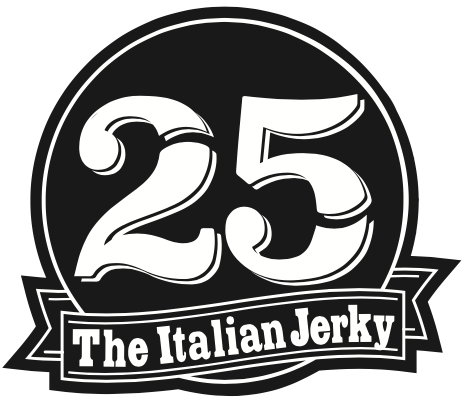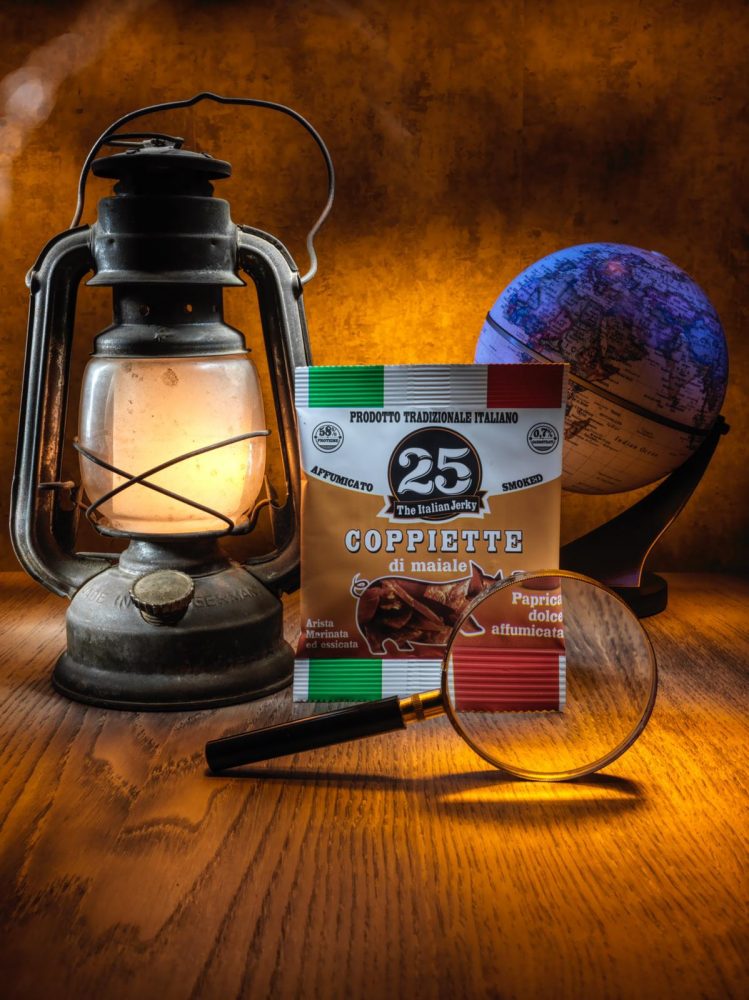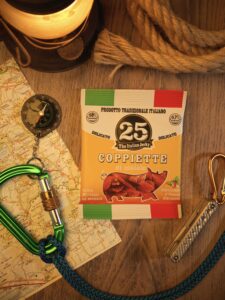Stories of dried meat from around the world. In the past articles we have told several stories of dried meat.
The Borts of the Mongols, the Pastirma of the Armenians / Turks, the Musciska of the Gargano, the Coppiette of Transhumance, as regards the eastern side.
The Pemmican of the Métis, the Ch’arki of the Incas, the Charqui, the carne-de-sol and the chalona of South America, the modern Jerky of North America.
In South Africa we finally told the story of Biltong and Bokkoms.
Common points
The points in common are:
the need to preserve meat for a long time
nomadism or the need to travel frequently
salt, to preserve
Differences
For the rest we have seen differences in the type of processing, in the type of meat used and in the type of spices.
The Incas used llama or alpaca meat and cold drying.
In South America we use llama, guanaco, horse, cattle, lamb with heat drying.
the Métis of North America traditionally used bison meat, deer, elk, salmon, duck. The meat was dried over a field fire, pulverized and mixed with melted tallow and berries.
The shepherds of the Gargano used meat from Goat Garganica with hot drying in winter and at room temperature in summer.
The shepherds of the Transhumance used the meat of goat, sheep, beef, horse, donkey dried on the chimney.
Mongols use dried beef, goat, horse, yak. In some cases they pulverized the meat and then stored it in linen sacks, like the Métis of North America with the Pemmican.
The Turks and Armenians used to use beef to make pastirma. They dry and then wrap the meat in a spice glaze.
Afrikaners used to wash beef, impala, oryx, eland, springbok, ostrich or mullet in vinegar and then dry it over a campfire.
Nowadays in North America jerky is produced with every type of meat: beef, pork, goat, mutton, lamb, deer, reindeer, bison, kangaroo, turkey, ostrich, salmon, alligator, tuna, emu, horse, camel , earthworm. The meat is dried for 8 hours at 70 ° C ventilated.
The drying
Drying can take place in 4 ways:
at room temperature
cold
for smoking
in special ovens
Drying at room temperature generally takes place in the summer, when the warm temperature and dry climate are used. For example, the Mongolian climate is favorable for this type of processing.
Cold drying was typical of the Incas people, taking advantage of the Andean climate and the thermal shock between day and night.
Smoke or fireplace drying is typical of Afrikaners, shepherds or Métis. Once the animals were killed, they immediately proceeded to dry the meat by means of the burning fireplace or the campfire.
Kiln drying is a recent technological application to speed up and make jerky production safe.
While the first three processes take around 3 days to complete, using the oven reduces the process to around eight hours.
Storage
In ancient times it was stored in linen or jute bags that allowed transpiration and prevented the formation of mold.
Nowadays it can be stored under vacuum, or in a modified atmosphere in practical sachets with oxygen absorbers.


